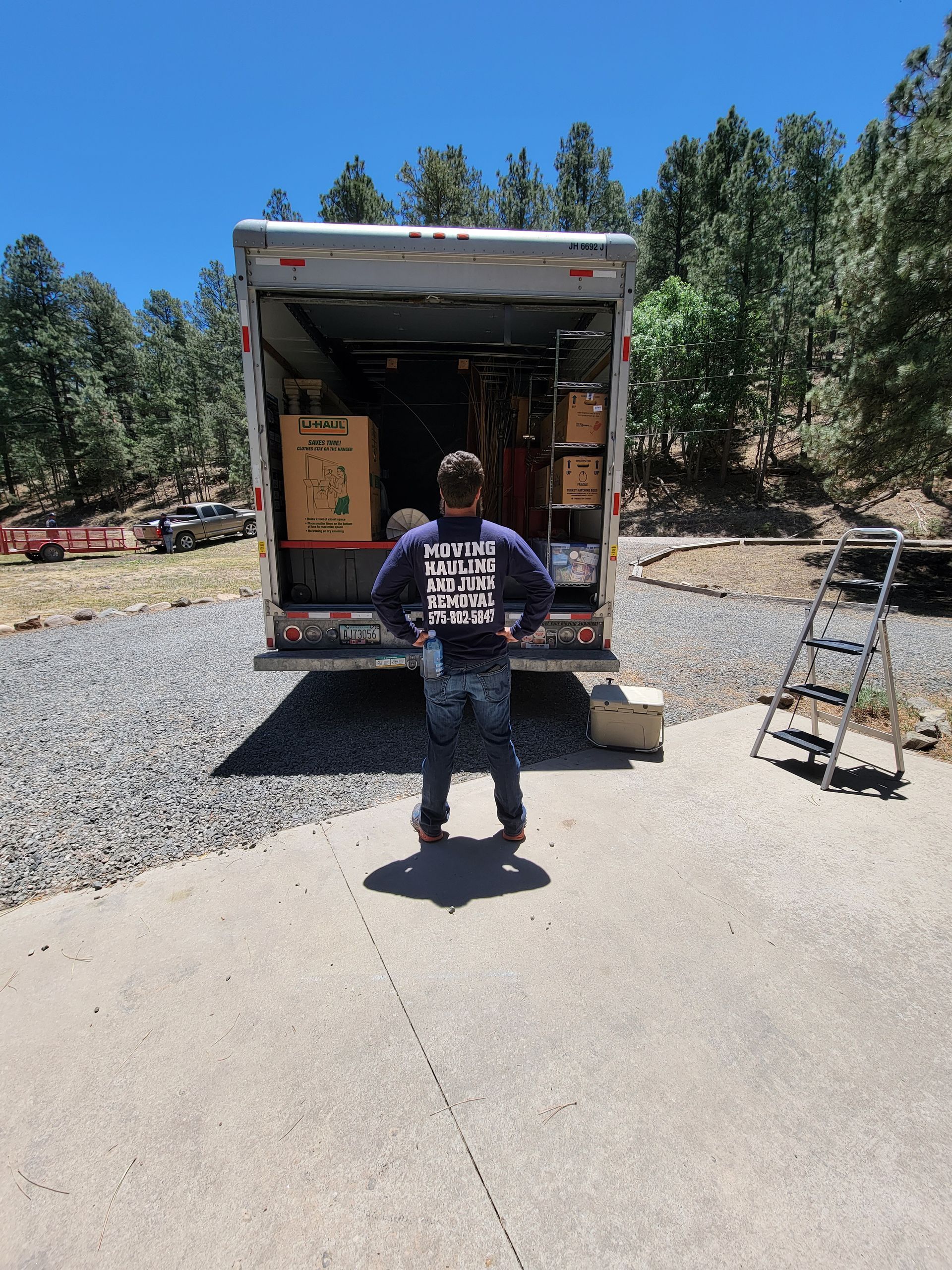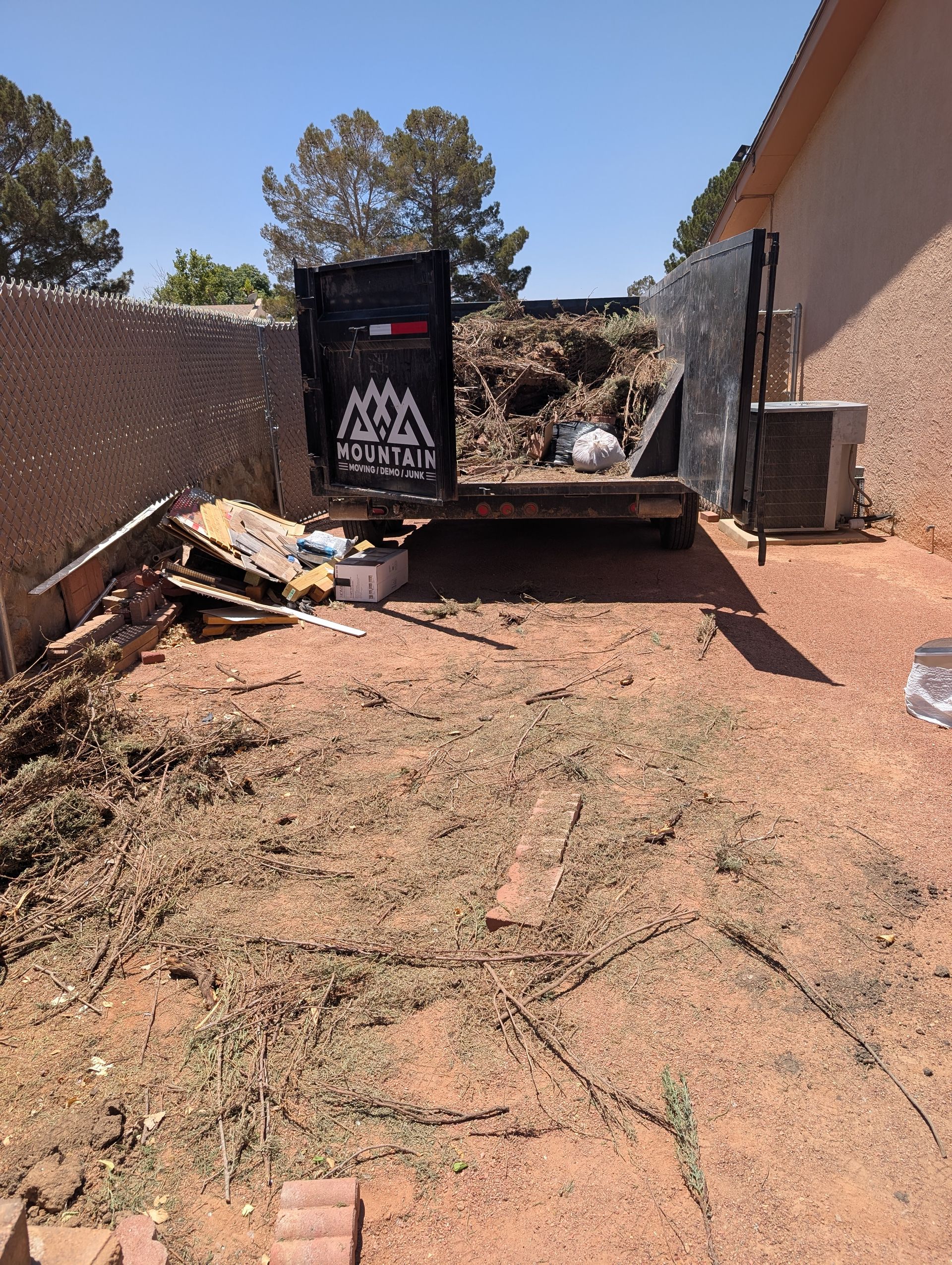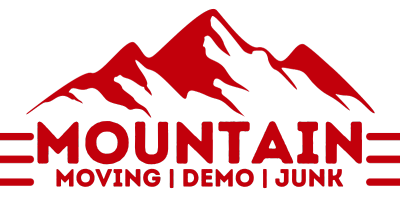Ruidoso Flooding
Fred Saxton • August 2, 2024
The flooding of Ruidoso

Ruidoso: A Community Under Siege
Ruidoso, a town once synonymous with natural beauty and outdoor recreation, is now battling a relentless adversary: flooding. The once serene landscape has transformed into a chaotic battleground, where torrents of water have wreaked havoc on homes, businesses, and the very heart of the community.
The impact of these floods extends far beyond the immediate property damage. The entire economic fabric of Ruidoso is being tested. Businesses, from small mom-and-pop shops to larger establishments, are struggling to survive. The tourism industry, a cornerstone of the local economy, has been dealt a severe blow. With roads closed, attractions inaccessible, and the overall atmosphere marred by uncertainty, visitors are staying away.
The human toll is equally devastating. Residents are facing unimaginable losses, their lives turned upside down by the relentless onslaught of water. The emotional and psychological impact of this repeated trauma cannot be overstated.
The Ruidoso Athletic Track, a symbol of community spirit and health, stands as a poignant reminder of the destruction. Its closure is a stark reflection of the broader challenges facing the town.
Yet, amidst the devastation, a spirit of resilience is emerging. The community has rallied together, offering support and assistance to those in need. Numerous organizations and individuals have stepped up to provide aid and resources.
Mountain Man Services is proud to join this collective effort. We believe in the strength and determination of the Ruidoso community. That's why we're launching the "Mountain Man Strong, Ruidoso Strong" initiative. This campaign aims to galvanize support, raise awareness, and contribute to the long-term recovery of the region.
We understand that rebuilding will be a long and arduous process. But we are committed to standing shoulder-to-shoulder with the people of Ruidoso every step of the way. Together, we can overcome this crisis and emerge stronger than ever.
It's time to transform the image of Ruidoso from a town under siege to a community rising from adversity. Let's come together, support one another, and build a brighter future for this beloved place.
*Join the Mountain Man Strong, Ruidoso Strong movement.*

As a Mountain Man in Las Cruces safety is key and to anyone in las cruces or visiting Las Cruces here is a general over view of what we go through in the south west in the heat of summer With temperatures soaring to around 88°F (31°C) in Las Cruces, New Mexico, as of May 17, 2025, summer heat poses significant challenges for workers in physically demanding jobs like moving and junk removal. The heat can increase fatigue, reduce productivity, and heighten the risk of heat-related illnesses. This guide explores how heat affects these jobs, the health benefits of staying hydrated, and practical ways to deal with sun exposure during outdoor work. How Heat Affects Moving and Junk Removal Jobs- High temperatures make physical labor more strenuous, as the body works harder to cool itself, leading to faster fatigue and reduced efficiency. Workers may face heat stress, which can result in heat cramps, heat exhaustion, or heat stroke, all of which can be life-threatening if not addressed. The combination of lifting heavy objects and working in direct sunlight or poorly ventilated areas increases the risk of dehydration and injuries due to impaired cognitive function. Research from the Occupational Safety and Health Administration (OSHA) and the Centers for Disease Control and Prevention (CDC) highlights that such conditions are particularly risky for outdoor workers, including those in moving and junk removal, due to the intensity of their work in hot environments. Health Benefits of Staying Hydrated- Staying hydrated is crucial, especially in hot weather and during physical labor. Soda, energy drinks can distort the connection hydration and being able to feel the thirst that is needed to avoid heat exhaustion. Water helps regulate body temperature, lubricate joints, and support cognitive functions, which are essential for safe and effective work. Dehydration can lead to dizziness, fatigue, and confusion, increasing the risk of accidents. For workers in moving and junk removal, adequate hydration prevents heat-related illnesses and maintains physical performance. Health experts, such as those from UCLA Health , emphasize that proper hydration supports brain function, mood, and overall physical health, making it vital for working in the heat. How to Deal with the Sun During Outdoor Jobs Working outdoors in the sun requires strategies to minimize exposure and manage heat stress. Practical tips include: Wearing lightweight, light-colored, and loose-fitting clothing, along with hats and sunglasses, to protect against UV rays. Applying broad-spectrum sunscreen with at least SPF 30 to prevent sunburn and reduce skin cancer risk. Drinking water regularly and considering electrolyte-rich drinks to replace lost salts. Taking frequent breaks in shaded or air-conditioned areas to cool down. Scheduling heavy tasks for cooler hours, such as early morning or late afternoon. Using shade from umbrellas or canopies to block direct sunlight. Allowing the body to acclimate gradually by starting with shorter work periods. Monitoring for signs of heat stress, like excessive sweating or dizziness, and taking immediate action if symptoms appear. These strategies are supported by guidelines from OSHA, the CDC, and the International Labour Organization (ILO) , emphasizing the importance of protecting workers from excessive heat and sun exposure. Surviving the Summer Heat: A Comprehensive Guide for Moving and Junk Removal Workers in Las Cruces, NM As of May 17, 2025, Las Cruces, New Mexico, is experiencing summer temperatures around 88°F (31°C) with sunny conditions, making outdoor physical labor particularly challenging. Workers in moving and junk removal jobs face increased risks due to the heat, which can affect their health, productivity, and safety. This article provides a detailed analysis of how heat impacts these jobs, the health benefits of staying hydrated, and practical strategies for dealing with sun exposure, ensuring workers can perform their tasks safely and effectively. Background and Context Moving and junk removal involve heavy lifting, prolonged physical exertion, and often working in direct sunlight or poorly ventilated areas. The current heat in Las Cruces, as confirmed by weather reports from sources like Weather Underground , exacerbates these challenges. High temperatures can lead to heat stress, dehydration, and reduced cognitive function, posing significant risks to workers. This guide synthesizes insights from health and safety organizations to provide a comprehensive roadmap for managing these conditions. How Heat Affects Moving and Junk Removal Jobs Research suggests that heat significantly impacts physical labor jobs like moving and junk removal. The body generates excessive heat during exertion, and when combined with environmental heat, it can disrupt thermoregulatory capacity, leading to heat-related illnesses such as heat stroke, heat exhaustion, and heat cramps. The CDC notes that workers exposed to extreme heat, especially those performing intense labor, are at increased risk. For moving and junk removal, the need to lift heavy objects and work outdoors amplifies these risks, leading to faster fatigue, reduced productivity, and potential injuries due to decreased cognitive function. OSHA highlights that environmental factors like high humidity and radiant heat from sunlight further contribute to heat stress. The International Labour Organization (ILO) adds that heat can cause physical strength losses and cognitive impairments, resulting in work-related injuries, missed workdays, and long-term health issues like chronic kidney impairment. For workers in Las Cruces, these effects are particularly pronounced during the hottest parts of the day, making it essential to adapt work practices to mitigate these risks. Health Benefits of Staying Hydrated Staying hydrated is crucial for workers in hot weather, especially during physical labor. The body is approximately 60% water, and maintaining proper hydration levels is vital for regulating body temperature, supporting brain function, and keeping joints lubricated. According to UCLA Health , hydration helps prevent heat-related illnesses like heat stroke and exhaustion, which are common in hot conditions. For moving and junk removal workers, adequate hydration ensures muscles work efficiently, reducing the risk of cramps and fatigue. Dehydration can lead to symptoms such as dizziness, tiredness, and confusion, which are dangerous during physical tasks. The American Heart Association notes that dehydration makes the heart work harder, potentially leading to cardiovascular strain. In hot weather, workers lose fluids through sweat, and the Kendall Reagan Nutrition Center recommends increasing fluid intake, aiming for at least ½ to 1 ounce of water per pound of body weight daily, with more for those working outdoors. Monitoring urine color—pale yellow indicates good hydration, while honey-colored suggests dehydration—can help workers assess their hydration status. How to Deal with the Sun During Outdoor Jobs Working outdoors in the sun requires specific strategies to minimize exposure and manage heat stress. The Health and Safety Executive warns that excessive sunlight can cause skin damage, including sunburn and increased skin cancer risk, particularly for outdoor workers. To protect against these risks, workers can: Wear Protective Clothing: Lightweight, light-colored, and loose-fitting clothing reflects heat and allows air circulation. Hats with wide brims and UV-protective sunglasses shield the face and eyes from UV rays, reducing the risk of cataracts and other eye diseases, as noted by Safeopedia . Use Sunscreen: Apply broad-spectrum sunscreen with at least SPF 30 to exposed skin areas to prevent sunburn and reduce skin cancer risk, especially for those with fair skin or many moles. Stay Hydrated: Drink water regularly, aiming for 1 cup (8 ounces) every 15–20 minutes during strenuous work, as recommended by Bexar County, TX . Electrolyte-rich drinks can replace salts lost through sweat. Take Frequent Breaks: Schedule regular breaks in shaded or air-conditioned areas to cool down, allowing the body to reduce core temperature. Using cold packs or wet towels can further help, as suggested by Ohio Ag Net . Work During Cooler Hours: If possible, perform heavy tasks early in the morning or late afternoon when temperatures are lower, reducing direct sun exposure. Use Shade: Utilize umbrellas, canopies, or other forms of shade to block direct sunlight, providing a cooler working environment. Acclimate Gradually: Allow the body to adjust to the heat by starting with shorter work periods and gradually increasing duration, which can take two to three weeks, as noted by Iowa State University . Monitor for Heat Illness: Be aware of signs of heat stress, such as excessive sweating, nausea, dizziness, or confusion, and take immediate action, such as moving to a cool area and seeking medical help if necessary, as advised by SafetyInfo . These strategies align with OSHA and CDC recommendations, emphasizing the importance of protecting workers from excessive heat and sun exposure to prevent occupational illnesses and injuries. Detailed Implementation Table To organize the strategies, here is a table summarizing key actions for managing heat and sun exposure during moving and junk removal jobs: Aspect Action Details Clothing Wear protective clothing Lightweight, light-colored, loose-fitting; hats and sunglasses for UV protection Sunscreen Apply broad-spectrum sunscreen At least SPF 30, reapply every 2 hours or after sweating Hydration Drink water regularly 1 cup every 15–20 minutes; consider electrolyte drinks for salt replacement Breaks Take frequent breaks In shaded or air-conditioned areas; use cold packs or wet towels if needed Work Schedule Work during cooler hours Early morning or late afternoon to avoid peak heat Shade Use shade during work Umbrellas, canopies, or natural shade to block direct sunlight Acclimation Gradually increase work duration Start with short periods, allow 2–3 weeks to acclimate Health Monitoring Watch for heat stress signs Excessive sweating, nausea, dizziness; seek help if symptoms appear Considerations and Challenges
